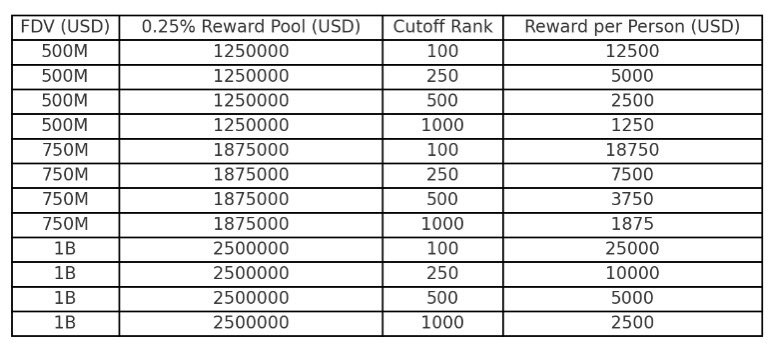The Mysterious Hole in Soyuz MS-09
A Puzzle in Space
In the vast expanse of space, where mysteries often lurk in the shadows of the unknown, a tiny hole on the International Space Station (ISS) captured global attention. This was no ordinary hole; it was a conundrum that sparked a whirlwind of theories, from manufacturing mishaps to sinister acts of sabotage. The year was 2018, and the spacecraft in question was Soyuz MS-09. Let’s embark on a journey to unravel the details of this enigmatic case, examining the evidence, the conclusions, and the lingering questions that still echo in the cosmos.
The Discovery
The tale begins on August 30, 2018, when astronauts aboard the ISS detected a subtle drop in pressure. This seemingly minor issue led to a thorough inspection, revealing a small, two-millimeter-wide hole in the orbital module of the Soyuz MS-09 spacecraft, which was docked to the ISS. Located in the upper section of the module, near the hatch leading to the ISS, the hole immediately raised concerns about the safety of the crew. Fortunately, quick thinking and prompt action sealed the hole, averting a potentially catastrophic situation. But the mystery of its origin remained, casting a shadow over the mission.
The Investigation
The investigation into the hole’s provenance was a collaborative effort between NASA and Roscosmos, the Russian space agency. Initial speculations in Russian media hinted at sabotage, suggesting that the hole could have been deliberately drilled. This theory gained momentum when Russian cosmonaut Sergei Prokopyev conducted a spacewalk to inspect the exterior of the spacecraft and found traces of a drill mark on the inside of the hole. This discovery seemed to lend credence to the idea that the hole had been intentionally made from within the spacecraft.
However, further analysis by NASA and Roscosmos painted a different picture. The agencies concluded that the hole was likely a manufacturing defect, possibly caused by a drill bit that had slipped during the assembly of the spacecraft. This theory was bolstered by the fact that the hole appeared to have been drilled from the inside, but there was no evidence of any deliberate tampering. The orbital module’s jettisoning before re-entry limited the physical analysis that could be conducted, but the available evidence suggested that the hole was an unfortunate accident rather than a malicious act.
The Evidence
The evidence supporting the manufacturing defect theory included several key points:
Drill Mark
The drill mark found on the inside of the hole was consistent with the type of drill used during the spacecraft’s assembly. This suggested that the hole could have been made accidentally during the manufacturing process. The mark’s characteristics aligned with the tools and techniques employed in the construction of the Soyuz spacecraft, making it a plausible explanation for the hole’s origin.
Lack of Sabotage Evidence
Despite extensive investigations, no concrete evidence of sabotage was found. There were no signs of deliberate tampering, and the hole’s location and characteristics did not align with a deliberate attempt to cause harm. The absence of any incriminating evidence made the sabotage theory less convincing, as it would have required a meticulous and undetectable act of sabotage.
Manufacturing Process
The manufacturing process for spacecraft involves numerous steps and checks, but human error can still occur. The hole’s location and appearance were consistent with an accidental drill slip during assembly. The intricate nature of spacecraft construction, involving multiple layers of quality control, made it plausible that a small oversight could have led to the hole’s creation.
The Conclusion
After a meticulous investigation, NASA and Roscosmos concluded that the hole in the Soyuz MS-09 was most likely a manufacturing defect. This conclusion was based on the available evidence, which pointed to an accidental drill slip during the spacecraft’s assembly. While the sabotage theory captured the public’s imagination, the lack of solid proof and the consistency of the evidence with a manufacturing defect led the agencies to rule out deliberate tampering.
The Aftermath
The incident highlighted the importance of rigorous quality control in spacecraft manufacturing. It also underscored the need for international cooperation in space exploration, as the ISS is a joint project involving multiple space agencies. The hole in Soyuz MS-09 served as a reminder of the challenges and risks associated with space travel, but it also demonstrated the ability of space agencies to work together to solve problems and ensure the safety of their astronauts.
Looking Ahead
As we gaze into the future of space exploration, incidents like the Soyuz MS-09 hole serve as valuable lessons. They remind us of the importance of thorough testing and quality control in spacecraft manufacturing, as well as the need for international cooperation in addressing and resolving issues. The mystery of the Soyuz MS-09 hole may have been solved, but the lessons it taught will continue to guide space agencies as they push the boundaries of human exploration.
Final Thoughts
The hole in the Soyuz MS-09 spacecraft was a fascinating mystery that captivated the world. While the conclusion of a manufacturing defect may not be as dramatic as the sabotage theories, it underscores the importance of rigorous quality control and international cooperation in space exploration. As we continue to explore the cosmos, let us remember the lessons of Soyuz MS-09 and strive for safety, precision, and collaboration in our quest to reach the stars.
—
Sources











